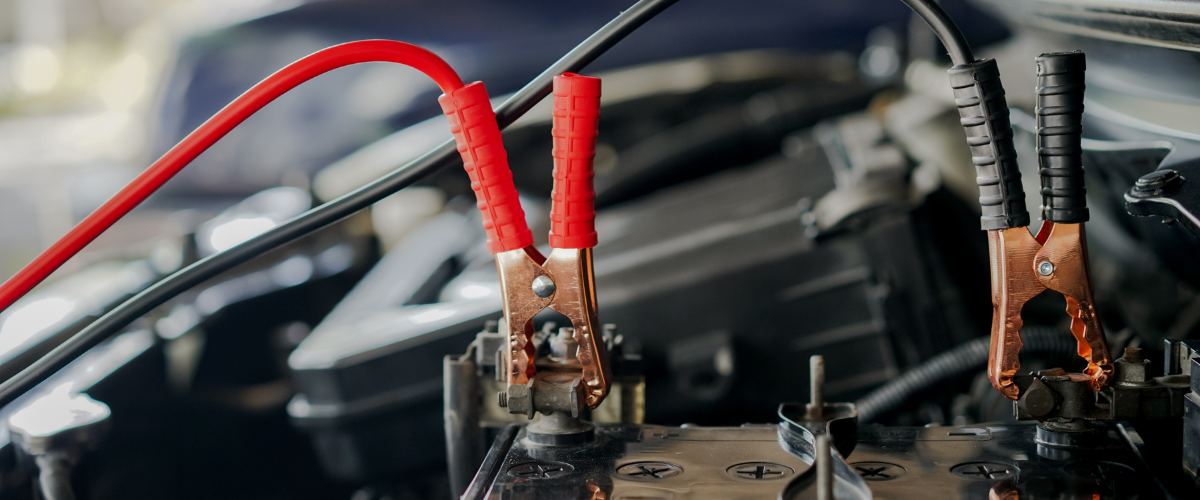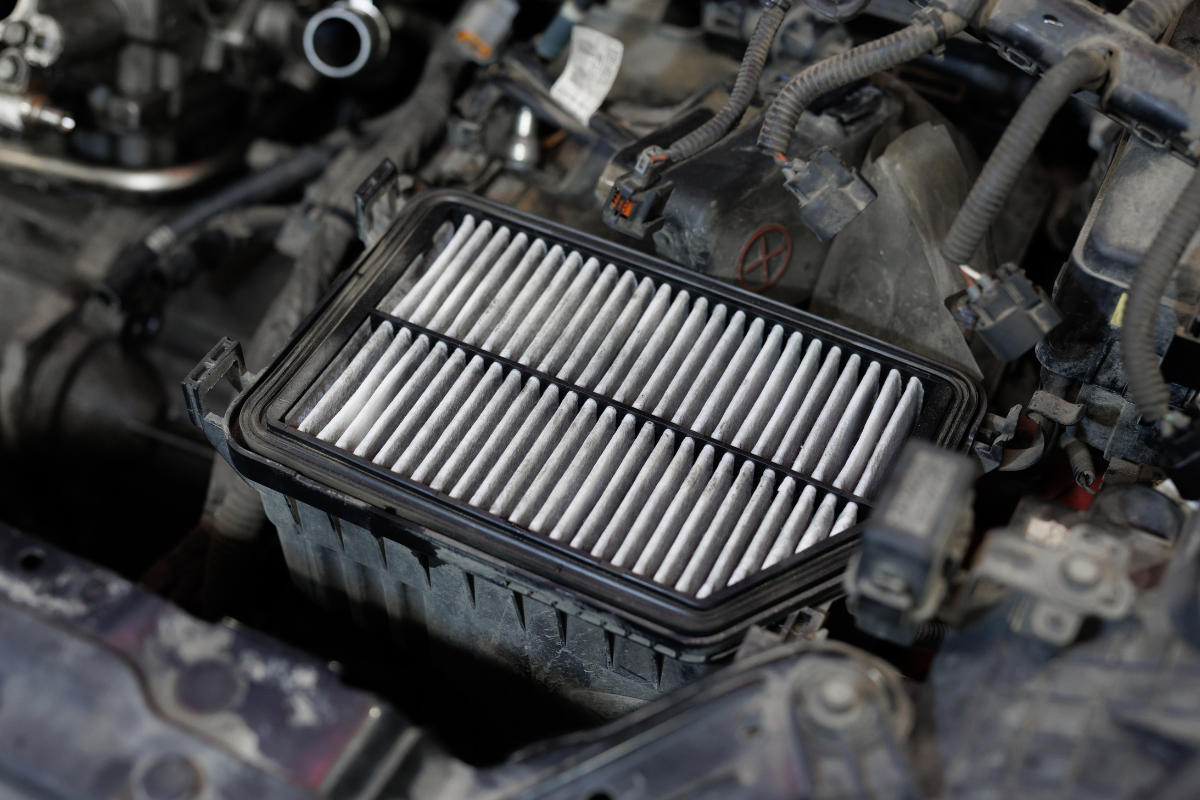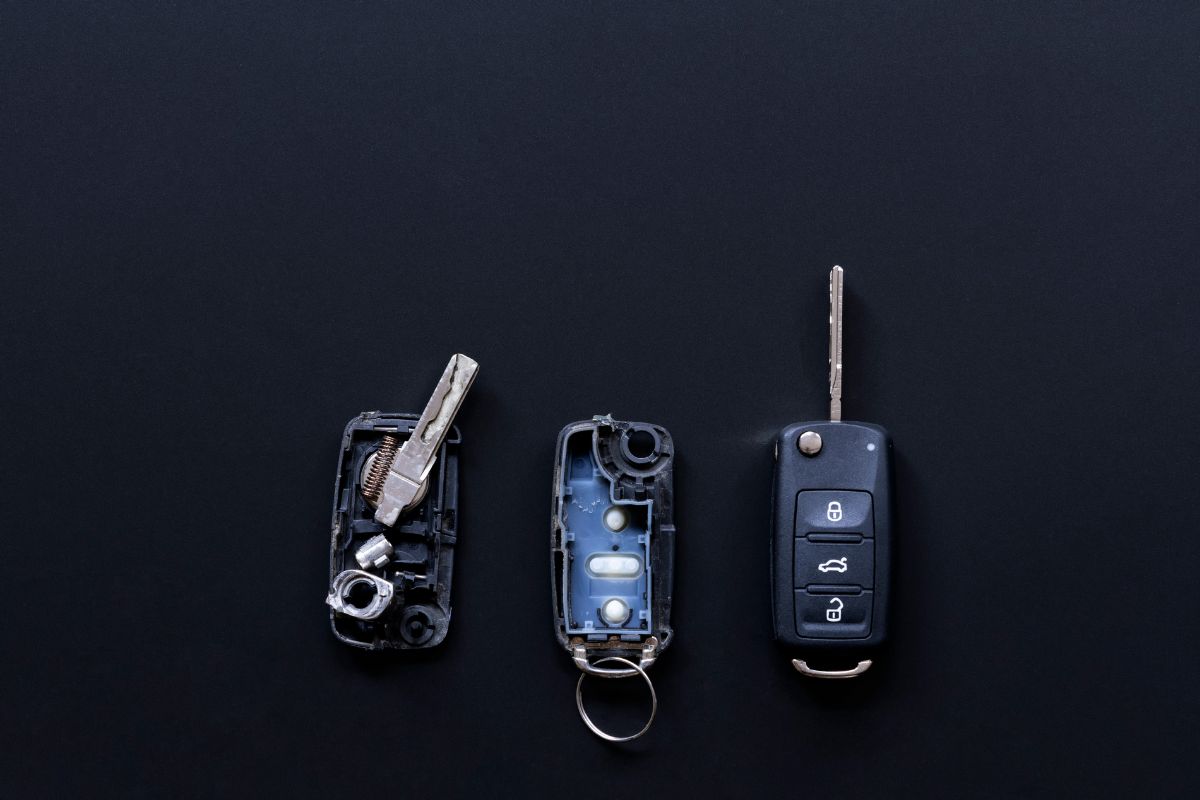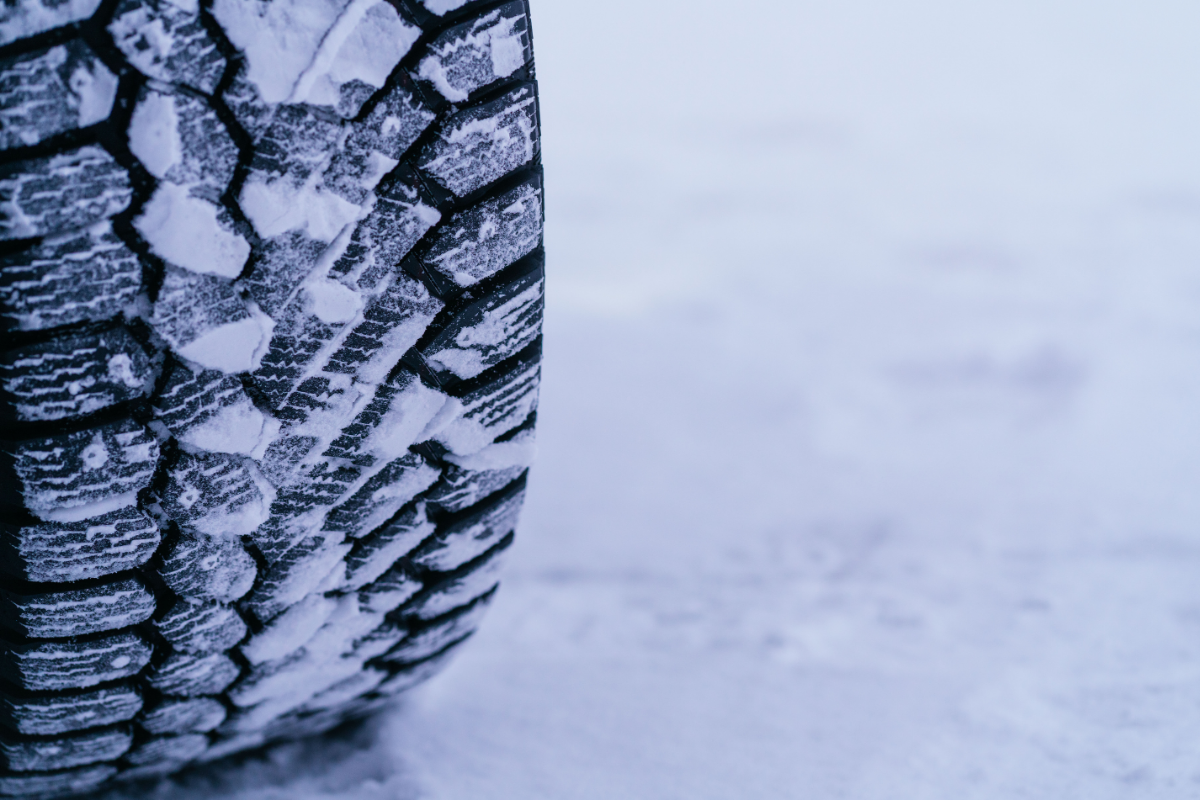That fancy battery pack that gets you 500km in July? It'll barely manage 300km come February, and that's if you're lucky. Between the lake-effect snow hammering Pickering and the brutal cold snaps that make Uxbridge feel like the Arctic, your EV needs more attention than a houseplant in a dorm room. The good news? With the right approach, your electric ride can handle our winters just fine. The bad news? Ignoring these tips means you'll be that person stranded at the Oshawa Centre with 2% battery and a dead heating system.
Here's the science nobody explained at the dealership: lithium-ion batteries lose 20-40% of their range when temperatures hit -20°C. It's not broken; it's chemistry.
Your Battery: The Diva That Hates the Cold

Cold batteries can't move ions efficiently, which is fancy talk for "your range just got murdered."The solution isn't complicated, but it requires planning. Pre-condition while plugged in—this means warming your battery and cabin using grid power, not your precious battery juice. Most EVs let you schedule this through their app. Set it for 15 minutes before your commute, and you'll save 10-15% range right there.
Look for white crusty buildup (battery herpes), cracks or bulging (imminent death), or a date code that shows the battery is past its 4- to 5-year lifespan.
Charging: The Winter Plot Twist
Your Level 2 home charger that fills your battery overnight in summer? It might need 14 hours in January. Cold batteries charge like molasses flows—slowly and reluctantly. DC fast charging gets even worse: that 30-minute top-up at Canadian Tire becomes a 50-minute Netflix session.
The Smart Charging Strategy: Keep your battery between 20% and 80% in winter. Going below 20% in freezing temps is asking for turtle mode (that's when your EV decides 30 km/h is fast enough). Charging to 100% regularly in cold weather degrades your battery faster than road salt eats undercarriages. Get a smart charger ($600-1,200) that can adjust charging rates based on temperature—it'll pay for itself in battery longevity.

Winter Driving Mode: Embrace Your Inner Hypermiler
Heated seats use 50 watts. Your cabin heater? Try 3,000-5,000 watts. Do the math—use seat warmers and heated steering wheels religiously, keep cabin heat modest. That defrost button is basically a range vampire, using up to 6kW.
Clear your windows manually when possible (yes, with an actual scraper like it's 1995).
Eco mode isn't just for hippies anymore —it limits acceleration and regenerative braking, both crucial when Taunton Road turns into a skating rink. One-pedal driving in winter? That's a recipe for unexpected slides. Dial back the regen to low or turn it off completely on icy days.
Your car is basically fighting for its life every time you leave the driveway.
Between the heavy lake-effect snow rolling off Lake Ontario and the sheer, uncompromising cold that settles across Scugog and Clarington, your car is basically fighting for its life every time you leave the driveway.
You might be dreaming of a fancy four-wheel-drive system, but the single most important safety feature on your vehicle isn't the engine or the badge on the back—it's the rubber connecting you to the road. If you're relying on the wrong tires when the temperature drops, you're missing the most critical safety upgrade you can make.

The Cold Hard Truth: 7°C Is the Tipping Point
Your tires are experts, not magicians. The moment the thermometer dips below 7°C, the performance of a generic all-season tire collapses. Why? Because the rubber compound stiffens.
An all-season tire
In freezing conditions is essentially trying to ice skate in dress shoes—it was simply never designed for the job.
Winter tire
On the other hand, are the masters of cold weather. They use a high-silica compound that stays flexible and soft.
This pliability allows the tire to conform to the road surface, aggressively gripping pavement that is cold, icy, or snow-covered. If you’re driving around Oshawa or Whitby in November, your best move is getting cold-weather-optimized rubber installed. Period.
The Bottom Line:
Plan Like Your Battery Depends on It
Winter EV ownership in Durham isn't rocket science, but it requires more forethought than "gas and go." Install that Level 2 charger before November, keep your battery warm and partially charged, and always assume you'll get 30% less range than the dashboard promises. Your EV can absolutely handle our winters—just don't expect it to like them.












